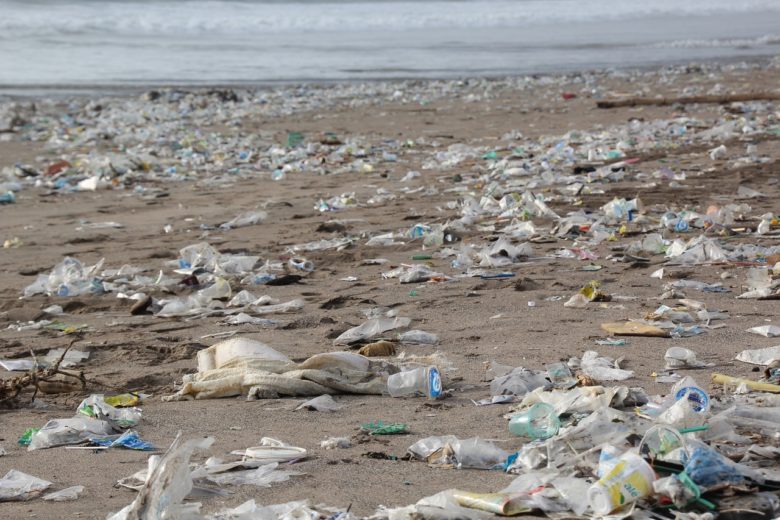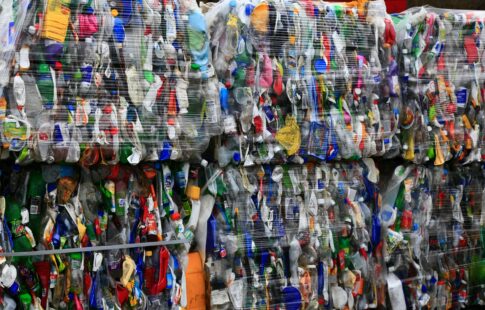
How Did We Let Plastic Pollution Growth Reach Catastrophic Measures?
We are reader-supported. When you buy through links on our site, we may earn affiliate commission.
Plastic pollution in our bodies of water, along with global warming, may be the largest worldwide environmental threat we will face in the coming decades.Stories of plastic islands the size of Texas have long permeated popular news sites and social media. However, these do not necessarily present an accurate assessment of how bad the situation is. So how bad is it?
The Problem of Plastic Pollution Growth
Here’s what we know. Throughout history, plastic production clocks in around 9 billion tons. Furthermore, production is on the rise. Plastic is one of the cheapest means for packaging and storing goods, and its usage has spread over the globe since its commercial debut in 1872.Unfortunately, there are some major downsides to plastic production. While it is cheap and effective, the only effective means of disposal is recycling, a method that requires the collection and repurposing of plastic goods. Many plastic-producing nations around the world do not have adequate means for trash removal, much less developed recycling industries. In these countries, plastics find their way into waterways and into larger bodies of water and oceans. From there, tides transport plastics — often broken into much smaller pieces — all around the globe. Hence, floating, semi-solid patches of trash.However, the blame does not rest solely on the production end. Movements in the US have begun criticizing the consumerist leanings that fuel this industry. For this overabundance of plastic production to occur, there needs to be demand. The U.S., in particular, contributes to this side of the problem.
Potential Solutions to Plastic Pollution
Efforts to clean up the oceans, and prevent the continuation of plastic pollution growth, face some significant challenges. First, it is difficult to remove plastics from the ocean. This may seem obvious, but the extent to which plastic has penetrated this environment is anything but. Dredging plastics from the water can have harmful effects on the local environments, including the removal of important microorganisms — plankton, in particular. Plastic particles reaching microscopic sizes can be difficult to detect and even harder to remove. Further, the depth of the ocean makes this process of removal costly and, in some cases, impossible. Local initiatives have focused on cleaning beaches instead, to prevent plastics from reaching the ocean in the first place. Still, given the staggering amount of plastic produced and discarded every day, efforts have been only partially successful. Some options allow for the safe monitoring of plastic pollution in local waterways. As previously mentioned, there have also been social efforts to curb the dependence on plastic products in consumer nations. This confronts the greater problem of increased globalization and consumerism around the world. The growth of plastic production indicates this trend as more nations become capable of plastic production and create a greater market for finished plastic products through consumerist ideals. Efforts to push social norms away from this direction are comparatively recent, and the impact they will have on the world stage is not yet clear. Still, some cities around the U.S. have taken the first steps in banning the use of certain wasteful plastic materials.
A Look Forward
The next few years will be instrumental in determining how to stop the momentum of plastic pollution growth. If beachfront cleanup efforts and social movements eschewing consumerism continue to gain steam, plastic pollution may become a figment of the past. That being said, if the current trend in plastic production continues, we may pass a point of no return. Plastic is notoriously difficult to remove from the oceans and waterways — the plastic already littering the oceans will not disappear on its own for thousands of years, if that. This level of production is not sustainable and something needs to be done.
Share on
Like what you read? Join other Environment.co readers!
Get the latest updates on our planet by subscribing to the Environment.co newsletter!
About the author
Jane Marsh
Starting from an early age, Jane Marsh loved all animals and became a budding environmentalist. Now, Jane works as the Editor-in-Chief of Environment.co where she covers topics related to climate policy, renewable energy, the food industry, and more.





